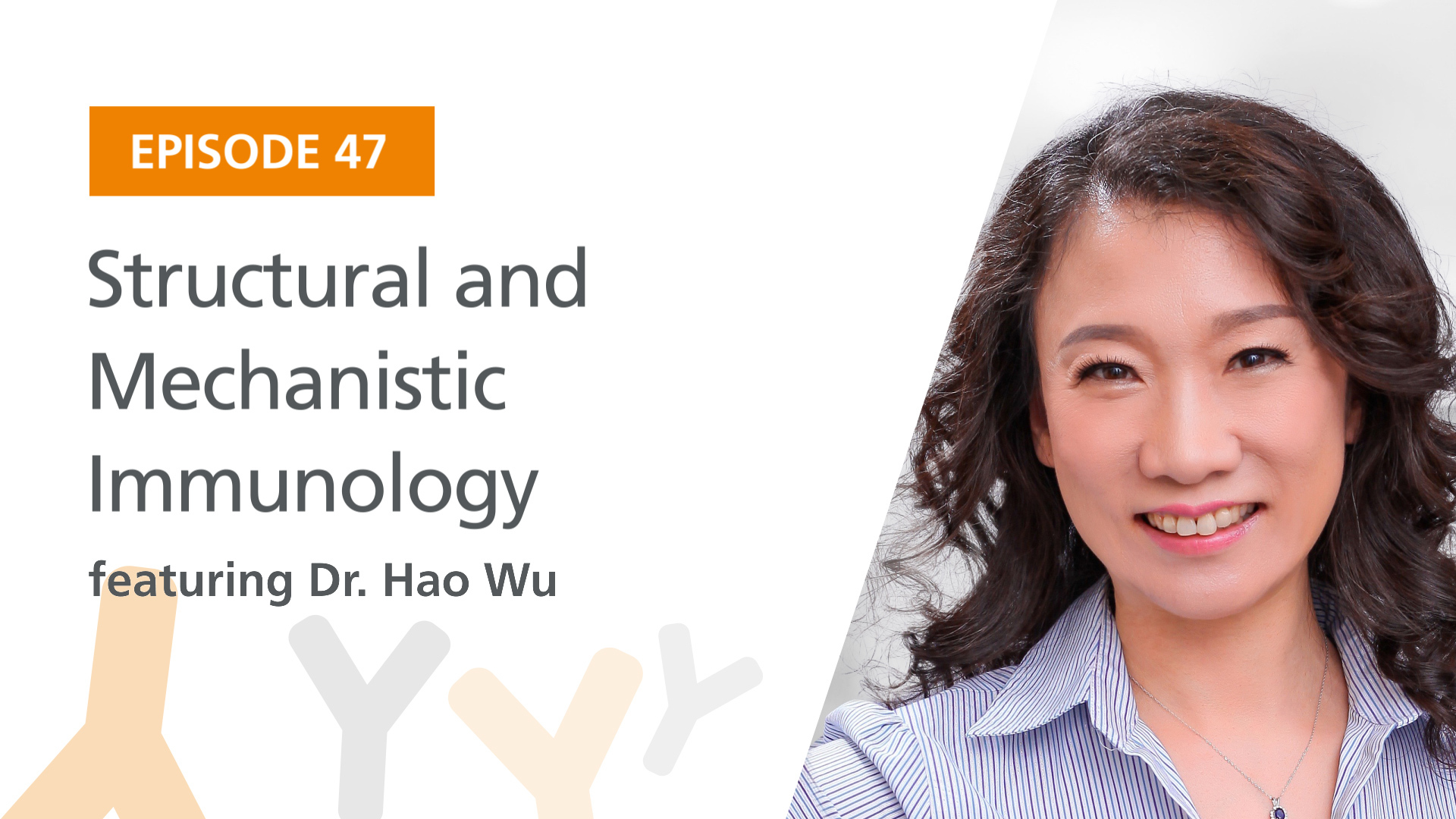
Guest:
Dr. Hao Wu is the Asa and Patricia Springer Professor of Structural Biology at Harvard Medical School. Her lab focuses on the molecular and cellular mechanisms that govern the assembly, regulation, and therapeutic intervention of supramolecular complexes in innate immunity. She talks about cryo-electron microscopy and how her team used it to study the structures of the NLRP3 inflammasome disc, the B cell antigen receptor, and the Gasdermin D pore. She also discusses the role of AlphaFold in structural biology research.
Featured Products and Resources:
The Immunology Science Round Up
Graft-Versus-Host Disease and the Microbiome – In graft-versus-host disease, pathogenic T cells disrupt the intestinal microbiome by altering ambient oxygen levels.
Extracellular Matrix Binding of Interferon-γ – Local interferon-γ retention protects organisms from systemic toxicity during prolonged immune stimulation.
Lipid Metabolism in T Cells – Phospholipid saturation drives effector T cell function.
Inhibiting Peanut Allergy – An inhibitor prevents antibody binding and mast cell activation in a humanized mouse model of peanut allergy.
Image courtesy of Dr. Hao Wu


